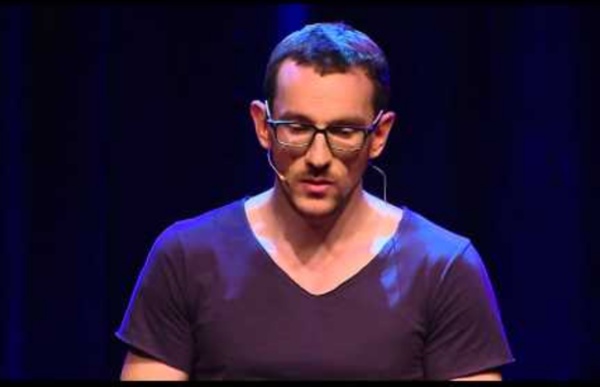



http://www.youtube.com/watch?v=7PmmhzljJdw
Related: Method & Management (work job oops) • CNAM Pays de la LoireDo-ocracy - OSGeo A do-ocracy (also sometimes do-opoly, which is a more obvious pun on “duopoly”) is an organizational structure in which individuals choose roles and tasks for themselves and execute them. Responsibilities attach to people who do the work, rather than elected or selected officials. From: The OSGeo Way of Doing Things OSGeo has adopted a do-ocratic way of getting things done.
Peter Wohlleben words The hidden life of trees “Every tree, therefore, is valuable to the community and worth keeping around for as long as possible. And that is why even sick individuals are supported and nourished until they recover. Next time, perhaps it will be the other way round, and the supporting tree might be the one in need of assistance. When thick silver-gray beeches behave like this, they remind me of a herd of elephants.
Gallup's StrengthsFinder Personality Test Preparation - Practice4Me Job seekers have become highly competitive, with the percentage of college graduates in the work world at an all-time high. With this information, how do we determine the best fit candidate? “What do you consider to be your strengths?” Principles of Sustainable Design About This Course This course will explore the context, motivations, frameworks and perspectives necessary to build a deeper understanding of sustainability and to form a solid foundation for sustainable design. The course will be followed by a course focused on the practical aspects of sustainable design. This course will begin by placing sustainability in its historical context in relation to other drivers of major world view shifts including Renaissance and Modernist paradigms. A close reading of the first and second invisible hands of wealth will be presented in order to reveal sustainability as a powerful motivation for action towards a sustainable future. A number of frameworks including the Quadruple Bottom Line and Integral Sustainable Design will be studied in order to organize those actions into holistic relationships.
Which Programming Languages Use the Least Electricity? – The New Stack Can energy usage data tell us anything about the quality of our programming languages? Last year a team of six researchers in Portugal from three different universities decided to investigate this question, ultimately releasing a paper titled “Energy Efficiency Across Programming Languages.” They ran the solutions to 10 programming problems written in 27 different languages, while carefully monitoring how much electricity each one used — as well as its speed and memory usage. Specifically, they used 10 problems from the Computer Language Benchmarks Game, a free software project for comparing performance which includes a standard set of simple algorithmic problems, as well as a framework for running tests. (It was formerly known as “The Great Computer Language Shootout.”) “This allowed us to obtain a comparable, representative, and extensive set of programs… along with the compilation/execution options, and compiler versions.”
The Man of the Trees & the Great Green Wall by Paul Mantle and Betty J. Fisher Hugh Locke, a Bahá’í friend and the literary executor of the pioneering environmentalist Richard St. Barbe Baker (1889–1982), recently shared some internet links and the following summary of an undertaking bringing to partial realization a project that St. World's 1st zero-emissions plant North Carolina-based NET Power is pioneering a novel approach to capturing carbon dioxide in its reportedly zero-emissions natural-gas pilot power plant in Houston, Texas. The company is investing $150 million in its innovative design, which is centered around turbine technology that is mostly unchanged since its invention over 150 years ago. The key difference is that NET Power’s turbine uses carbon dioxide, rather than a mixture of hot gases, to transfer heat, which is then converted into mechanical energy and, ultimately, electricity.